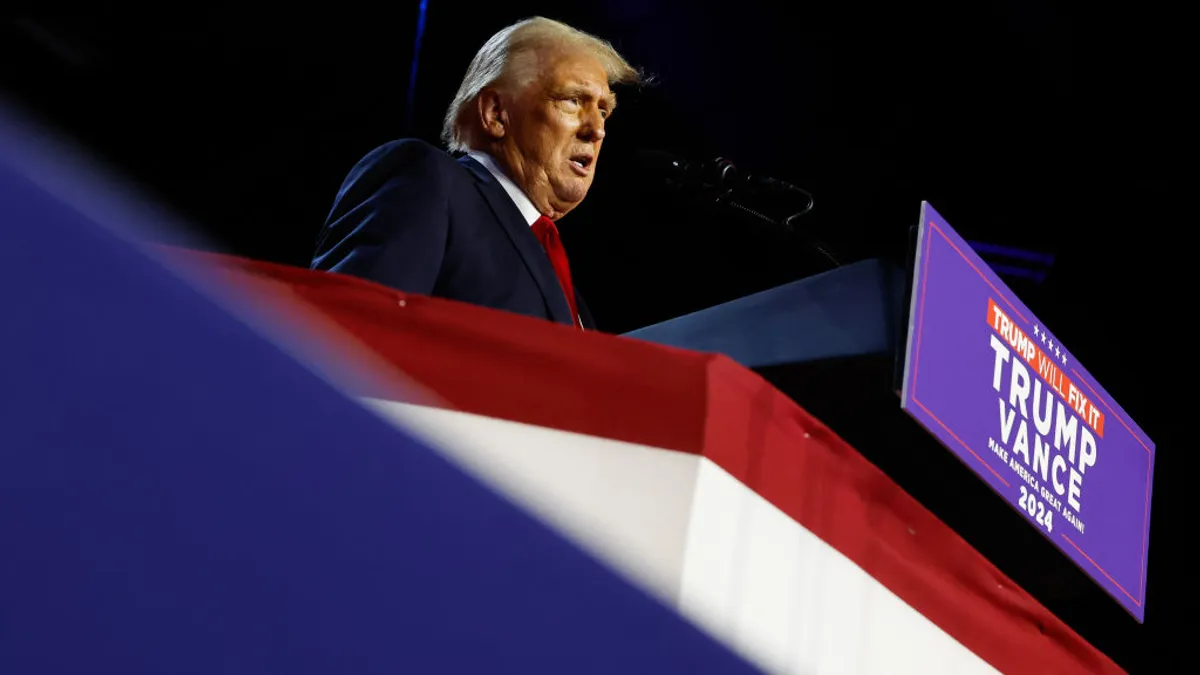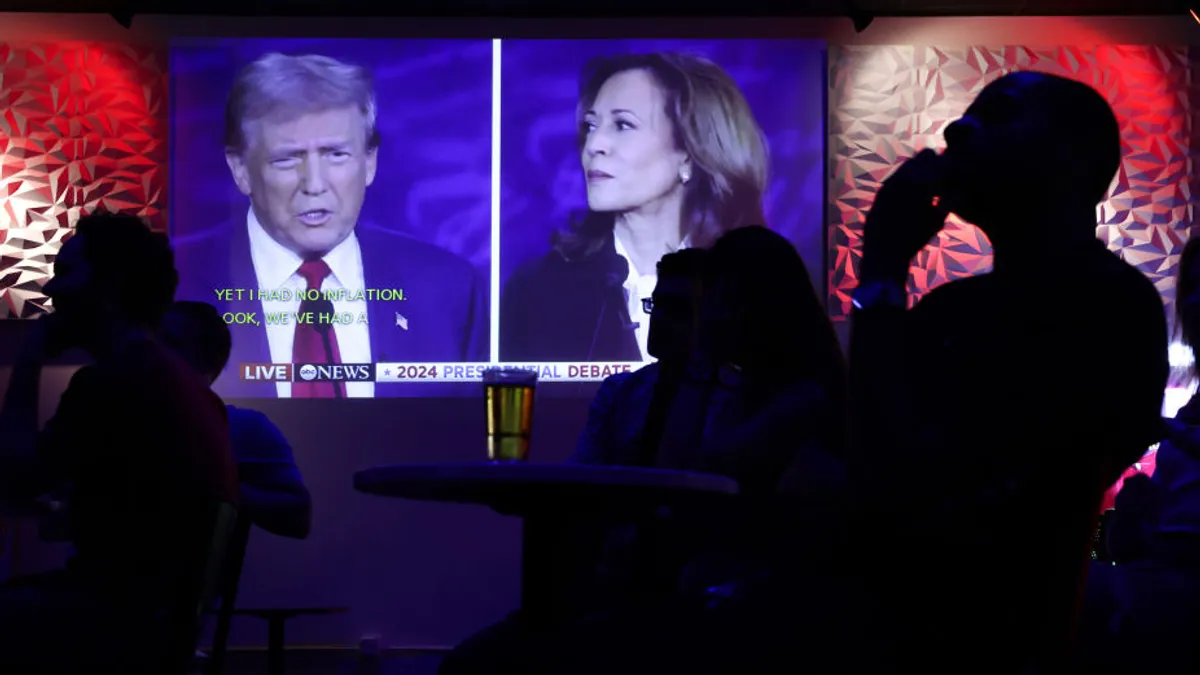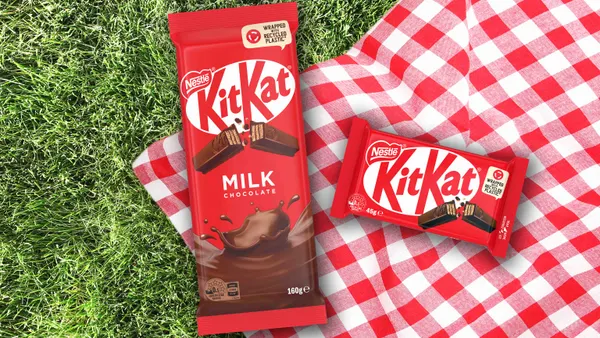Purpose and profit go hand in hand.
Research shows that more and more, consumers are aligning their spending decisions with their beliefs. Before they buy, people are giving thoughtful consideration to not only what a company sells, but what they stand for. In this era, the question can no longer be should your brand align with a cause. It’s how do you do it in a way that’s credible, resonant and lasting.
Using your brand voice as a vehicle to support the causes you care about can be an opportunity for both real-word impact and genuine audience connection. It’s a way to bring employees and customers along with you on a meaningful journey. At the Arbor Day Foundation, we’ve helped hundreds of companies drive positive change through trees because we believe trees are one of the most compelling ways companies can make their values visible.
The case for trees
As a climate solution, trees are uniquely multi-faceted. They have the ability to improve air quality, produce food, clean water, foster wildlife habitat, reduce extreme heat, sequester carbon and support people’s livelihoods. They serve a range of purposes.
Their versatility in nature is reflected in their versatility in business. Companies can use tree planting to not only help them achieve their sustainability goals, but also as a way to invest in geographies that are important to them, support the long-term viability of their supply chain and promote employee retention.
When communicating to customers, trees are particularly effective because they are so universally understood. There are very few education barriers to overcome. Most people recognize trees as innately positive and good for the planet. In fact, consumer perception polling from the Arbor Day Foundation shows that people financially reward companies with strong commitments to protecting the environment. Campaigns that utilize trees can garner profit for companies while simultaneously shaping a better future for us all.
So what can it look like?
The key to marketing that does more is making it easy for people to engage. The company’s goal is clear and the desired action from customers is simple.
For example, in April AT&T ran a campaign that planted a tree for every old device turned in through its trade-in program. It motivated customers to participate in reducing electronic waste by offering tree planting as incentive. Companies can also use this kind of purpose-driven marketing to help sell specific products. Batteries Plus just wrapped an effort where they planted a tree for every 24-pack of Energizer MAX AA and AAA batteries purchased in April and May. The campaign helped the company sell a product and it helped the Arbor Day Foundation plant more than 34,000 trees.
Of course, just the promise of a new tree planted is not enough. When a brand invites its audience to take action, they want to know that action was part of a larger, positive movement. Showcasing and celebrating the results of a campaign is an essential part of the process. Typically, this acknowledgment comes in two forms: data and storytelling. Scientific metrics like the amount of carbon sequestered by the trees planted, air pollutants avoided and stormwater runoff reduced offer measurable proof that action matters. Rich storytelling then elevates that message. It communicates why the trees were planted, what ecosystem or community they’ll help and who will benefit. Storytelling provides customers an emotional connection that assures them their purchase, action, or behavior change equated to something significant. By blending both data and storytelling, companies can create an engaging narrative that nurtures lasting loyalty.
Growing impact
Trees are proof that brands can make a difference with every campaign. When companies approach purpose with transparency and follow-through, they don’t just win customer loyalty. They become part of something bigger. They become part of a growing movement where profit and purpose reinforce each other, and companies willingly plant the seeds—literally and figuratively—for a future their customers want to believe in.










